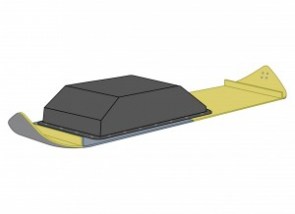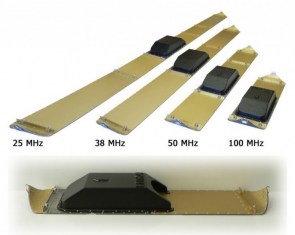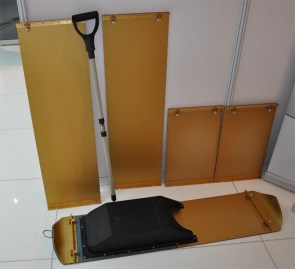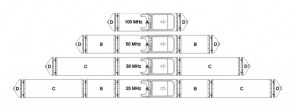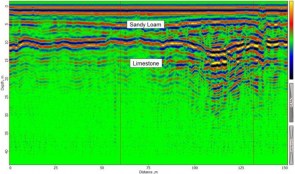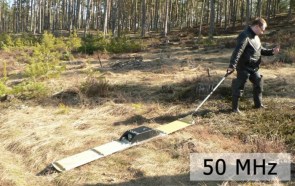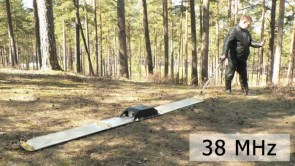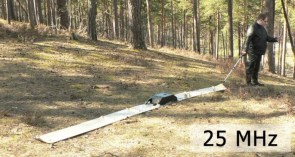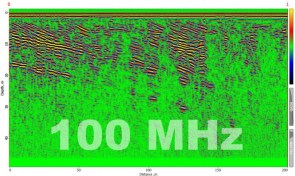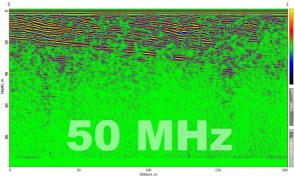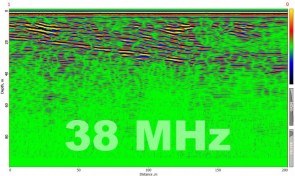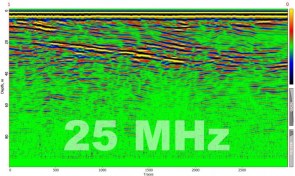
New Python-3 GPR CE Certified
- Description
- Reviews
New Python-3 GPR
Specification:
Frequency: 100 / 50 / 38 / 25 MHz
Length of the antenna: from 1 m to 4 m, depends on selected frequency
The time range: user selected from 1 to 1500 ns with 1 ns step
Scan rate: 28
Samples per scan: 1024 x 16 bit
Digital data display: 16 bit
Filters: Preset and Customized digital filters
Data transmission: through built-in Wi-Fi to PC
Input power: Built-in battery 12 V, 9 A*h with battery life more than 7 h
Weight: from 10 kg to 20 kg, depends on selected frequency
Python-3 georadar is a portable digital subsurface sounding radar carried by a single operator, especially used for deep surveys (up to 50 meters* in favorable ground). The unit is designed for solving a long-range of geotechnical, geological, engineering and other tasks wherever nondestructive operational environmental monitoring is needed. In the sounding process, the operator is getting real-time information as a radiolocation profile (sometimes also referred to as radargram) on a display. At the same time, data are recorded on a hard disc for further use (processing, printout, interpretation, etc.).
Georadar consists of central segment (100 MHz operating frequency) and 4 additional antenna plates to change operating frequencies to 50/38/25 MHz. Central segment includes control unit electronics, built-in 12 V 9 A*h battery, built-in Wi-Fi access point. Accessories set includes software, charger and tow-handle.
Georadar is made as dust/waterproof (IP67) and may be even immersed in water for a short time. Antennas have vinilplastic substrates with extremely high abrasion resistance.
All georadar parameters are computer controlled.
Use of a specific antenna is determined by a sounding task. Higher sounding frequency means better resolution, but with more significant electromagnetic wave attenuation in the environment, resulting in lower sounding depth; and vice versa - lower frequency may lead to a larger penetration depth at the sacrifice of poorer resolution.
Comparing of 4 different frequencies on the same place (Sandy dune)
_______________
* Sounding depth is assumed that sounding is made in a soil whose relative dielectric permittivity is equal to 4 and specific attenuation is 1 to 2 dB/m. Depth of investigation is understood to be detection depth of a flat boundary with reflectance equal to 1. Note that these data are rather approximate and are strongly dependent on parameters of the environment sounded.

